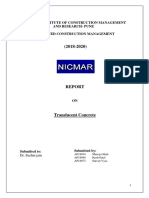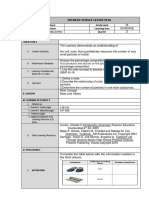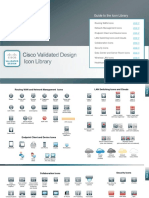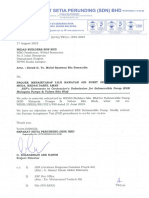0% found this document useful (0 votes)
29 views21 pagesClustering in Machine Learning
Clustering, or Cluster Analysis, is an unsupervised machine learning technique used to group unlabelled datasets based on similarities among data points. It can be categorized into various methods, including Hard and Soft Clustering, with popular algorithms such as K-Means, DBSCAN, and Hierarchical Clustering. Applications of clustering span across market segmentation, image segmentation, and identification of cancer cells, showcasing its versatility in data analysis.
Uploaded by
shagunverma2525Copyright
© © All Rights Reserved
We take content rights seriously. If you suspect this is your content, claim it here.
Available Formats
Download as PPTX, PDF, TXT or read online on Scribd
0% found this document useful (0 votes)
29 views21 pagesClustering in Machine Learning
Clustering, or Cluster Analysis, is an unsupervised machine learning technique used to group unlabelled datasets based on similarities among data points. It can be categorized into various methods, including Hard and Soft Clustering, with popular algorithms such as K-Means, DBSCAN, and Hierarchical Clustering. Applications of clustering span across market segmentation, image segmentation, and identification of cancer cells, showcasing its versatility in data analysis.
Uploaded by
shagunverma2525Copyright
© © All Rights Reserved
We take content rights seriously. If you suspect this is your content, claim it here.
Available Formats
Download as PPTX, PDF, TXT or read online on Scribd
/ 21






















































































